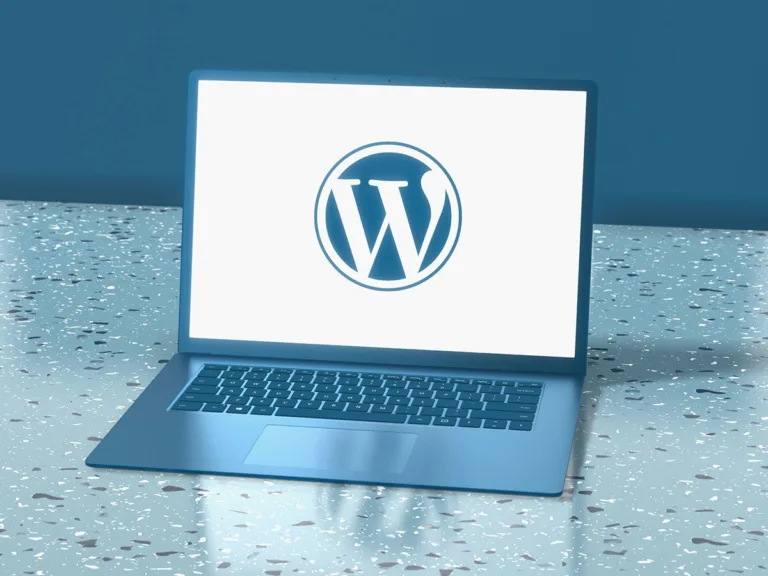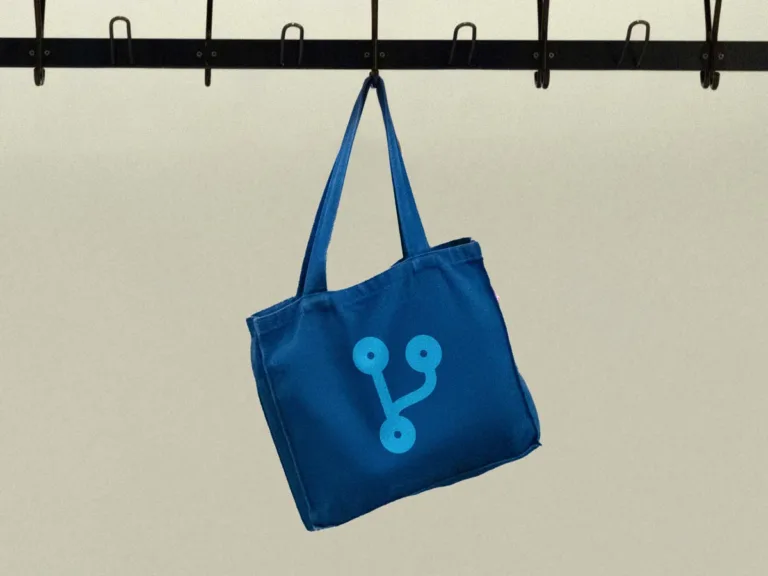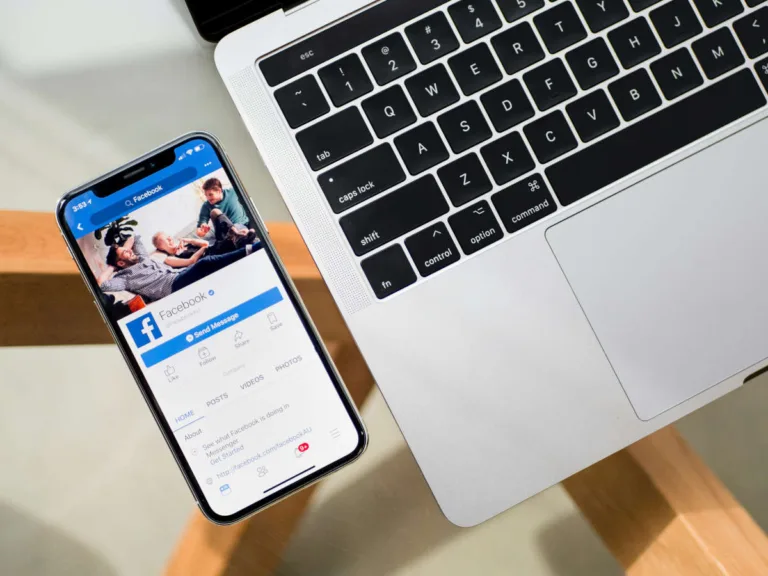How to Design a Killer Landing Page for Startups: Your Ultimate Guide
Hey there, ambitious startup founder! Ready to create a landing page that’ll make your competitors green with envy and your potential customers reach for their wallets? You’ve landed in the right spot. In this comprehensive guide, we’re going to deep dive into everything you need to know about crafting a landing page for startups that converts visitors into raving fans faster than you can say “Series A funding.”
Why Your Startup Absolutely Needs a Kick-Ass Landing Page
Before we roll up our sleeves and get into the nitty-gritty, let’s chat about why a landing page for startups is more crucial than your morning coffee (okay, almost). Think of it as your digital storefront on steroids – it’s often the first impression potential customers will have of your brand. A well-designed landing page can be the difference between a visitor bouncing off your site faster than a cat on a hot tin roof or sticking around to discover how your product is going to change their life.
In the fast-paced world of startups, where every click counts and every conversion matters, your landing page is your 24/7 salesperson. It’s working hard while you’re busy coding, pitching to investors, or dreaming up the next big feature. A great landing page for startups doesn’t just inform – it persuades, it excites, and most importantly, it converts.
The Anatomy of a Successful Landing Page for Startups
Headline That Packs More Punch Than a Double Espresso
Your headline is like the opening line of the best pick-up artist in the world – it needs to grab attention and make visitors want to know more. For a landing page for startups, your headline should clearly communicate your unique value proposition. What earth-shattering problem are you solving? Why should anyone care about your solution more than they care about their favorite cat video? Examples:
- “Revolutionize Your Workflow: The AI-Powered Tool That Saves Startups 20 Hours a Week”
- “Never Miss a Lead Again: The CRM That Thinks Like a Startup Founder”
- “Launch Your MVP in Half the Time: The No-Code Platform for Startup Visionaries”
Subheadline That Seals the Deal Like a Smooth-Talking Closer
Use your subheadline to expand on your main headline. Give a bit more detail about what you’re offering and why it’s more awesome than free pizza at a coding bootcamp. Examples:
- “Join 10,000+ startups who’ve streamlined their processes and skyrocketed their productivity with our intuitive platform.”
- “Trusted by Y Combinator alums to manage leads, close deals, and scale faster than the competition.”
- “From idea to app store in weeks, not months. No coding required. Yes, really.”
Visuals That Speak Louder Than a Venture Capitalist at Demo Day
When it comes to landing pages for startups, a picture really is worth a thousand words (or in startup terms, a thousand user signups). Use high-quality images or videos that showcase your product in action. If you’re pre-launch, consider using mockups or illustrations that convey the essence of your solution. Pro tip: Show, don’t just tell. A video of your product solving a real problem can be worth its weight in bitcoins. Keep it short, snappy, and focused on benefits.
Benefits, Not Just Features: Because “So What?” Is the Question You Need to Answer
Sure, your product might have 99 features and AI ain’t one, but what your visitors really want to know is “What’s in it for me?” Focus on the benefits. How will your product make their lives easier, better, or more awesome than finding the perfect avocado at the grocery store? Example:
Instead of: “Our platform uses machine learning algorithms to analyze data.”
Try: “Make data-driven decisions in seconds, not hours. Our AI does the heavy lifting so you can focus on growing your startup.” More examples:
- “Save 20 hours a week on tedious tasks (that’s 1,040 hours a year to work on your golf swing)”
- “Increase team productivity by 50% (without resorting to questionable energy drinks)”
- “Cut project turnaround time in half (and impress the heck out of your investors)”
Social Proof: Show ‘Em You’re the Real Deal, Not Just Another Silicon Valley Pipe Dream
Nothing builds trust like showing that others already love what you’re doing more than their favorite artisanal coffee shop. Include testimonials, user reviews, or logos of companies you’ve worked with. For a landing page for startups, even pre-launch sign-ups or waitlist numbers can work as social proof. Examples:
- “Join the 5,000+ startups already simplifying their workflow with [Your Product]”
- “Used by teams at Google, Facebook, and that cool startup that just got acquired for $1B”
- “Featured in TechCrunch, Mashable, and your mom’s favorite tech blog”
Clear Call-to-Action (CTA): Because ‘Submit’ is So 2005
What do you want your visitors to do? Sign up for a free trial? Join your waitlist? Hand over their firstborn? (Kidding on that last one, please don’t.) Whatever it is, make it crystal clear and more irresistible than a puppy in a bow tie. Your CTA should stand out on the page like a peacock at a penguin party and use action-oriented language that makes clicking feel like the best decision they’ve made since choosing entrepreneurship. Examples:
- “Start Your Free Trial (No credit card required, we promise)”
- “Join the Waitlist (and get 50% off at launch)”
- “Get Early Access (before your competitors do)”
- “Book a Demo (and prepare to have your mind blown)”
Keep It Simple, Silly: Because Confusion Never Converted Anyone
When it comes to landing pages for startups, less is often more. Don’t overwhelm your visitors with more information than a college textbook. Stick to the essentials and make it easier for them to take the next step than it is to order late-night tacos.
Best Practices for Designing Your Startup’s Landing Page (Like a Pro)
Mobile-First Design: Because Even Your Grandma Browses on Her Phone Now
With more people browsing on their phones than ever before (seriously, when was the last time you saw someone under 30 use a desktop?), your landing page needs to look fantastic on mobile devices. Design for mobile first, then adapt for desktop. Think of it as the “write drunk, edit sober” of web design.
Speed Is King: Faster Than Your Competitors, Not Just Your Internet Connection
A slow-loading page is the kiss of death for conversions. It’s like showing up late to a first date – you’re already starting off on the wrong foot. Optimize your images, minimize code, and use a reliable hosting service to ensure your landing page loads faster than a caffeinated cheetah on rocket skates.
A/B Testing: Because Guessing Is for Amateurs and Weather Forecasts
Don’t just set it and forget it like that rotisserie infomercial from the ’90s. Continuously test different elements of your landing page for startups. Try different headlines, CTAs, colors, or layouts to see what resonates best with your audience. Remember, in the startup world, data is your best friend (aside from coffee, of course).
Keep It Above the Fold: Because Scrolling Is So Much Work
Put your most important information – including your main value proposition and CTA – above the fold (the part of the page visible without scrolling). Don’t make visitors work harder to find out why they should care about your startup than they do to get out of bed on a Monday morning.
Use White Space Wisely: Give Your Content Room to Breathe
Don’t be afraid of empty space. A cluttered landing page is like a messy room – it’s hard to focus on what’s important, and you might lose a potential customer in the chaos. Use white space to guide visitors’ eyes to your key messages and CTA like a digital feng shui master.
Create a Sense of Urgency: FOMO Is Your Secret Weapon
FOMO (Fear of Missing Out) is real, folks, and it’s more powerful than gravity. Use language and design elements that create a sense of urgency or scarcity. Limited-time offers, exclusive early-access deals, or countdown timers can work wonders on a landing page for startups. Just don’t overdo it – you want to motivate, not panic people.
Examples of Stellar Landing Pages for Startups (And Why They Work)
Airbnb (in its early days)
Why it worked: Simple, clear value proposition with a prominent search bar that encouraged immediate action. It answered the “what’s in it for me?” question instantly for both travelers and hosts.
Dropbox
Why it worked: Minimalist design with a simple explainer video and a clear CTA. It focused on the benefit (easy file sharing) rather than boring people with technical jargon. The simple sign-up form reduced friction like a gallon of WD-40.
Slack
Why it worked: Bold headline that speaks directly to the pain point of team communication, followed by a simple sign-up form. The playful copy and design made something as potentially boring as a communication tool feel fun and approachable.
Robinhood
Why it worked: Clean design with a powerful value proposition (“Commission-free stock trading”). The waitlist mechanic created a sense of exclusivity and urgency that had people clamoring to sign up.
Mint
Why it worked: Clear benefits stated upfront, strong social proof, and a simple sign-up process. It took a typically boring topic (personal finance) and made it feel accessible and even exciting.
Common Mistakes to Avoid (Or How to Not Shoot Yourself in the Foot)
Too Much Clutter: Your Landing Page Isn’t a Junk Drawer
Your landing page for startups shouldn’t look like a digital hoarder’s paradise. Keep it focused and clutter-free. If it’s not essential, it’s out. Be more Marie Kondo, less “Collectors” TV show.
Vague Value Proposition: “We Do Stuff With Things” Isn’t Cutting It
If visitors can’t figure out what you’re offering in 5 seconds, you’re doing it wrong. Be clear, be bold, be specific. “We’re disrupting the disruptors” tells me nothing. “We help startups launch MVPs in 48 hours” tells me everything.
Neglecting Mobile Users: It’s 2024, Not 1999
If your landing page looks wonky on mobile, you’re potentially losing half your visitors. And let’s face it, that’s like turning away half the people at your product launch party. Not cool.
Slow Load Times: Ain’t Nobody Got Time for That
Remember, every second counts. If your page takes too long to load, visitors will bounce faster than you can say “bootstrapped startup.” Optimize, optimize, optimize!
Weak Call-to-Action: ‘Learn More’ Is Where Conversions Go to Die
Your CTA should be impossible to miss and irresistible to click. It should stand out like a sore thumb (but in a good way). “Sign Up” is okay. “Start Saving Time Now” is better.
Ignoring SEO: Because the Best Landing Page in the World Is Useless If No One Sees It
Don’t forget about our friend Google. Use relevant keywords naturally throughout your copy, optimize your meta descriptions, and make sure your page titles are on point. SEO isn’t just for blog posts, folks.
Forgetting to Test on Different Browsers: IE6 Is Dead, But Browser Compatibility Isn’t
Your landing page might look great on Chrome, but what about Safari? Firefox? Edge? Test on all major browsers to ensure you’re not accidentally alienating potential users.
Wrapping It Up (Because Even Epic Guides Must End)
Creating a landing page for startups isn’t rocket science, but it does require thought, creativity, and a deep understanding of your target audience. Remember, your landing page is often your first (and sometimes only) chance to make a great impression. Make it count!
Keep testing, keep refining, and most importantly, keep your focus on solving your customers’ problems. With these tips in your toolbox, you’re well on your way to creating a landing page that’ll have investors and customers alike saying “Shut up and take my money!”
Now go forth and conquer the digital world with your awesome startup landing page! May your conversion rates be high and your bounce rates be low. You’ve got this, startup superstar! 🚀💪






